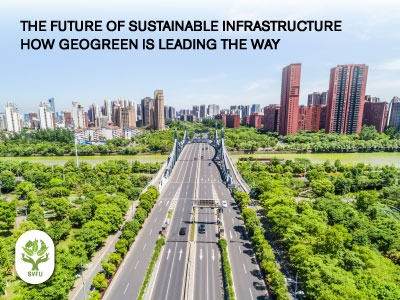Carbon Sequestration Through Eco-Friendly Landscaping
- Dr. Manali Date.
- Sep 2
- 3 min read
(how landscaping choices can contribute to carbon footprint reduction)

Green areas can become effective carbon capture instruments for businesses, households, and city planners by choosing the proper plants, managing land effectively, and implementing sustainable practices. Carbon sequestration is becoming a key tactic in reducing atmospheric carbon dioxide (CO₂) levels, in light of growing concerns about climate change. Eco-friendly landscaping in the household, business, and municipal sectors has substantial, often overlooked potential for reducing carbon footprints, even if large-scale reforestation and agricultural practices have garnered the most attention.
The following are some of the methods for Carbon Sequestration Through Eco-Friendly Landscaping
Urban Forestry and Tree Planting
1. The best plants for sequestering carbon are trees. Depending on the species, mature trees can absorb anywhere from 22 to 48 pounds of CO₂ annually.
2. Shade from urban tree canopies lowers energy use and the need for air conditioning, which is a significant indirect way to cut carbon emissions.
3. Select hardwood species like oak, maple, or beech that grow quickly and have a long lifespan.
4. Plant in groups to maximize the ecological advantages.
5. Steer clear of invading species that upset regional ecosystems.
Making Use of Local and Drought-Resilient Plants
Native plants lower greenhouse gas emissions because they are better suited to their local environment and require less water, fertilizer, and maintenance.
1. In addition to improving soil health and storing more carbon in the soil, their deeper root systems also increase the soil's capacity to sequester carbon over time.
2. Succulents and native grasses are examples of drought-tolerant species that lessen the requirement for irrigation, which frequently involves systems that run on fossil fuels.
Rain Gardens and Other Permeable Surfaces
Water can seep into the ground instead of running off when permeable materials like gravel, pavers, and permeable concrete are used in hardscaping. This has the following benefits:
Supports the bacteria in the soil that help store carbon,
Lessens erosion, which might liberate carbon trapped in the soil.
Encourages the growth of better vegetation.
Carbon sequestration and biodiversity can be enhanced via rain gardens, which are planted depressions intended to absorb runoff.
Eco-Friendly Maintenance Techniques
A landscape's carbon footprint can be significantly reduced by reducing the usage of fossil fuel-powered equipment and substituting manual or electric landscaping tools.
Additional upkeep advice:
Reduce the frequency of mowing or let the grass grow longer.
Gather rainfall for use in irrigation.
Plant material, such as grass clippings and clipped branches, can be reused and recycled.
Although plant species, soil conditions, and upkeep procedures will all affect the precise quantity of carbon sequestered, research has revealed:
Over the course of its lifetime, an average urban tree can absorb and store enough carbon dioxide to offset the emissions from a car that has been driven 26,000 miles. Compost-amended soil can capture and hold one to two tons of CO₂ per acre each year. Because native meadow requires less mowing and inputs, replacing 1,000 square feet of turf with it can prevent up to 2,000 pounds of CO₂ from entering the atmosphere annually.
Eco-friendly landscaping is a strong local response to climate change, going beyond looks or water use. Every careful landscaping decision captures carbon and reduces greenhouse gases, whether through native plants, smaller lawns, better soil, or new trees. It is both sensible and effective to enable people, groups, and companies to transform their landscapes into carbon sinks in a world that is becoming more and more influenced by urbanization and environmental deterioration.
Our parks, yards, and public areas can become important partners in the struggle for a more sustainable planet with thoughtful planning and upkeep. Many new materials are currently available for eco-friendly landscaping. One of the trending materials is coir.

Since coir decomposes naturally, its use is environmentally beneficial and incorporates climate-resilient engineering techniques. One of the most efficient ways to lessen the environmental impact of human consumption and restore as much of nature's beauty and resources as possible is to extract coir fibers and then process them into various goods. But there is still a lot of work to be done in this area. The existing state of the coir business, for instance, and how its expansion will make our nation a powerful, sustainable, and income-generating engine must be explained to the populace.



Comments